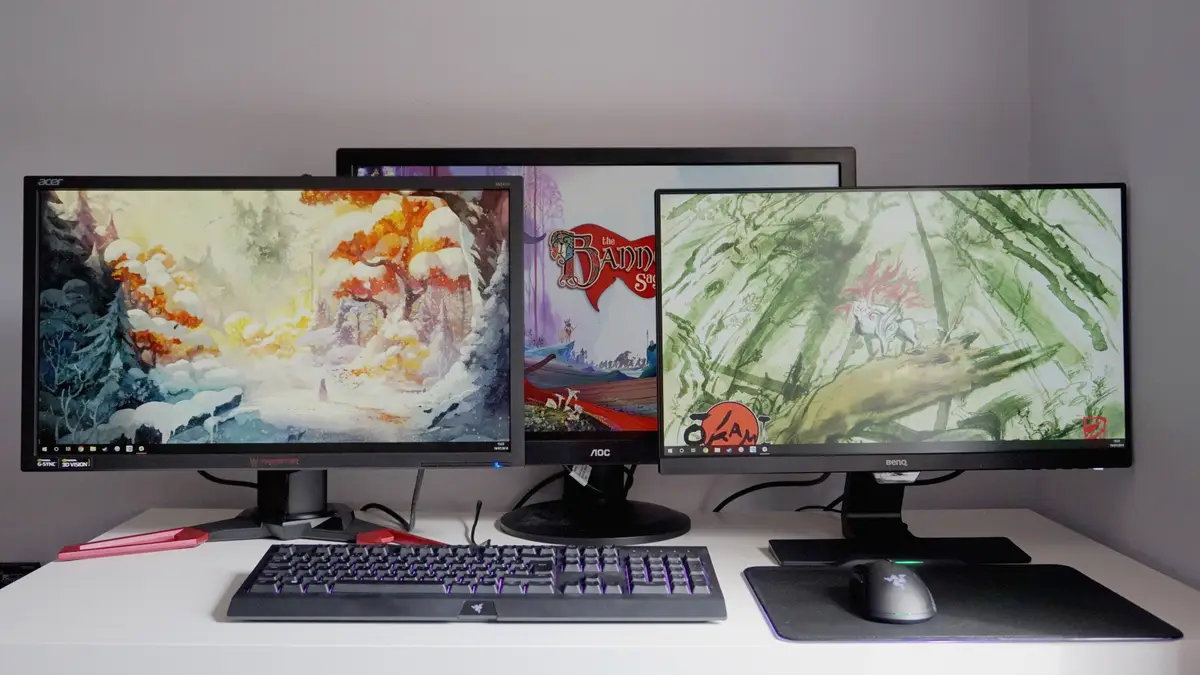Choosing the Perfect Monitor: A Guide to Making the Right Decision
Selecting the right monitor is a crucial decision for anyone who uses a computer regularly, whether it’s for work, gaming, or simply enjoying digital content. With a multitude of options available, finding the perfect monitor can be overwhelming. In this article, we’ll provide you with a guide to help you make an informed choice when selecting a monitor that suits your needs and preferences.
1. Define Your Purpose
The first step in choosing a monitor is to identify your primary use. Are you a gamer, a graphic designer, a content creator, or an office worker? Different tasks have different monitor requirements. Gamers, for example, often prioritize high refresh rates and low response times for smoother gameplay, while graphic designers need monitors with accurate color representation. Knowing your primary use will help you narrow down your options.
2. Consider the Display Technology
Monitors come in various display technologies, each with its advantages and drawbacks. The most common types are:
- LCD (Liquid Crystal Display): LCD monitors are widely available and offer good all-around performance. They come in two main types: IPS (In-Plane Switching) for better color accuracy and wide viewing angles, and TN (Twisted Nematic) for faster response times, ideal for gaming.
- OLED (Organic Light Emitting Diode): OLED monitors provide exceptional contrast ratios and vibrant colors, making them excellent for media consumption and content creation. However, they tend to be more expensive.
- LED (Light Emitting Diode): LED monitors are technically a type of LCD monitor with LED backlighting. They are energy-efficient and offer good image quality at an affordable price.
3. Size and Resolution
Consider the size and resolution of the monitor. A larger screen provides more screen real estate but may not be suitable for everyone, especially if you have limited desk space. The resolution determines the level of detail you can see. Higher resolutions, such as 4K (3840 x 2160), are ideal for tasks that require precision, like video editing and design work. However, keep in mind that you may need a more powerful graphics card to drive a higher resolution display.
4. Additional Features
Finally, think about additional features that may enhance your user experience. These can include:
- Refresh Rate: Gamers often prefer monitors with high refresh rates (e.g., 144Hz or 240Hz) for smoother gameplay.
- Adaptive Sync: This technology, such as NVIDIA G-SYNC or AMD FreeSync, synchronizes the monitor’s refresh rate with the graphics card’s output to reduce screen tearing and stuttering during gaming.
- Connectivity: Ensure the monitor has the necessary ports (HDMI, DisplayPort, USB, etc.) for your devices.
- Ergonomics: Look for a monitor with adjustable stands for comfortable viewing angles.
In conclusion, choosing the right monitor involves assessing your needs, understanding display technologies, considering size and resolution, and exploring additional features. By taking these factors into account, you can make an informed decision and find a monitor that complements your computing experience and meets your specific requirements.
